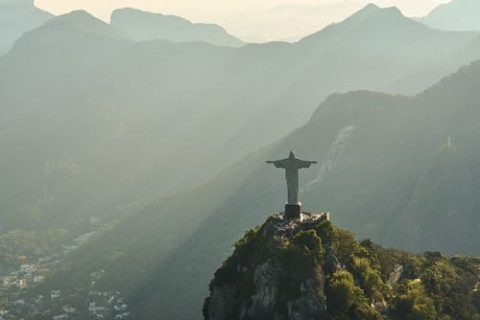Understanding Diversity is Key to Doing Better Business in Brazil
Doing Business in Brazil?
A ‘One Size fits All’ approach will sink your ship in Brazil.
Here’s why….
With the largest economy in Latin America and the seventh-largest economy in the world, there is every reason why companies and investors have their eyes closely set on Brazil.
Homework is essential to those reaching out into Brazil as failing to understand the country and its people will lead to challenges and stumbling blocks at the least and complete failure at the most.
Let’s start by understanding the diversity underpinning Brazilian society:
- Brazil has grown rapidly from its prehistoric makeup of tribes and settlements. This results from mass immigration during the latter 19th century, colonisation via the Portuguese and the forced movement of slaves who were primarily taken from Western Africa. All these events have helped make Brazil the fifth largest country in the world.
- While half of Brazilians are of European descent, the rest of the country are of African, Asian and American Indian descent. This excludes, of course, the boundless intermixing of ethnicities within this population and the migration of individuals of other ethnicities from outside of Brazil
- Despite being a large country, habitable land is limited in Brazil. Almost 70% of Brazilian land is populated by rain forest and only the majority of people live in 10% of the land.
- Due to its being such a vast country, it comes as no surprise that Brazil is characterised by a significant regional variation which includes geography, climate and culture. If therefore, you are targeting potential Brazilian consumers, it is essential that you understand the regional characteristics of the individuals being targeted as there is certainly no such thing as a ‘one size fits all’ approach.
- As an example, the arid north-eastern part of Brazil, is considered ‘cowboy’ area, Rio is home to the ‘playboys’, San Paulo is the business hub and primarily populated by business people and professionals, Salvador da Bahia is primarily populated by individuals of African descent and the southern part of the country is primarily home to those of European descent.
- Brazil is home to the largest population of Japanese outside of Japan. Many are now third generation and, of this group, significant numbers are now unable to understand Japanese.
- Although the Amerindians (the original indigenous population) are scattered throughout Brazil, they are mainly concentrated in Indian reservations.
To summarise, as a precursor to any business dealings in Brazil, it’s essential that you first appreciate Brazilian ethnic and cultural diversity. This understanding will go a long way to shaping relevant and fit for purpose business plans.
For those relocating to Brazil or moving to Brazil for a short-term business assignment, investment in cultural training via webinar would be of considerable value and put you at a considerable advantage.
In the absence of face to face cultural / relocation training, we suggest that you avail yourself of the other resources available on the internet and your network. No amount of preparation can be considered too little in this diverse and complex country.
Check out our Brazil Country & Cuture Guide for a great overview of Brazilian culture.
Photo by Raphael Nogueira on Unsplash
Related Posts
By accepting you will be accessing a service provided by a third-party external to https://www.commisceo-global.com/

 +44 0330 027 0207 or +1 (818) 532-6908
+44 0330 027 0207 or +1 (818) 532-6908
